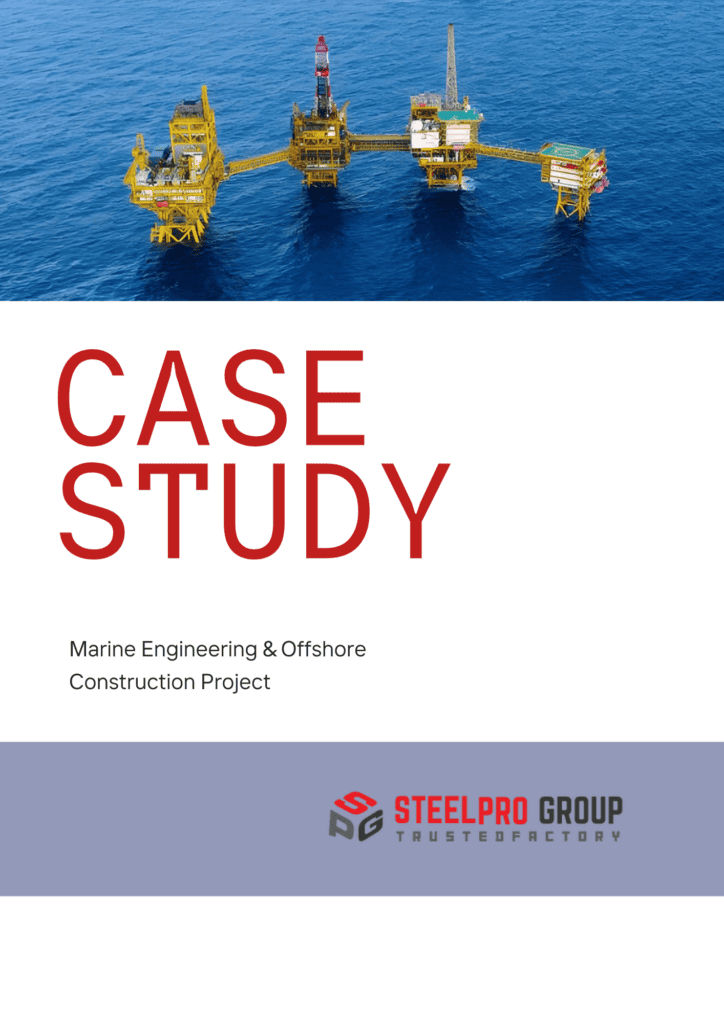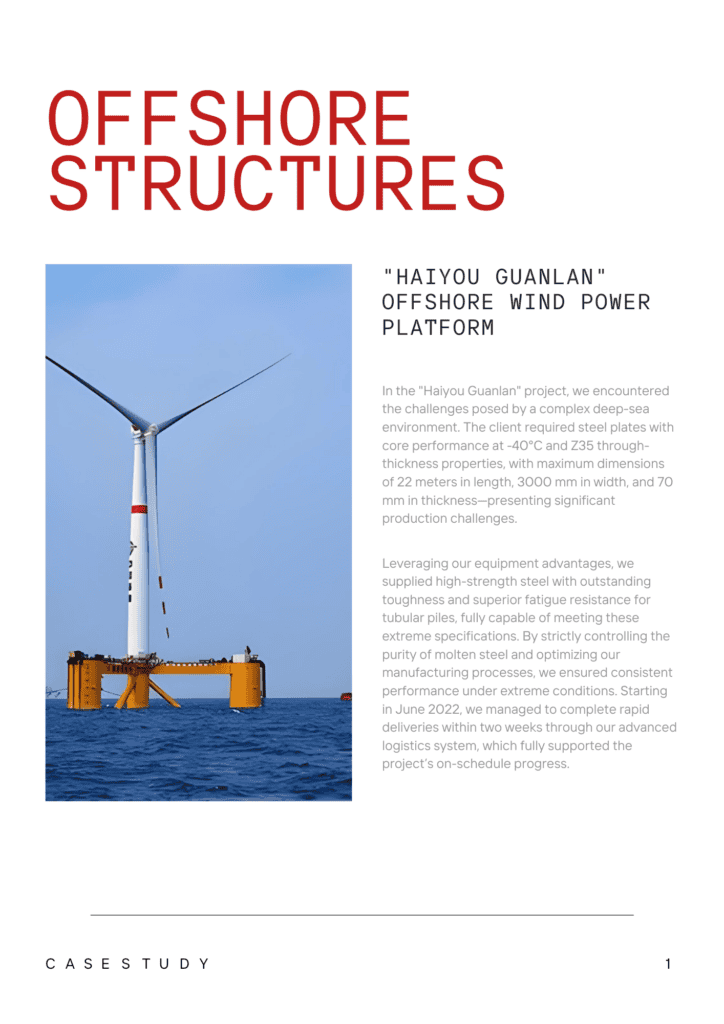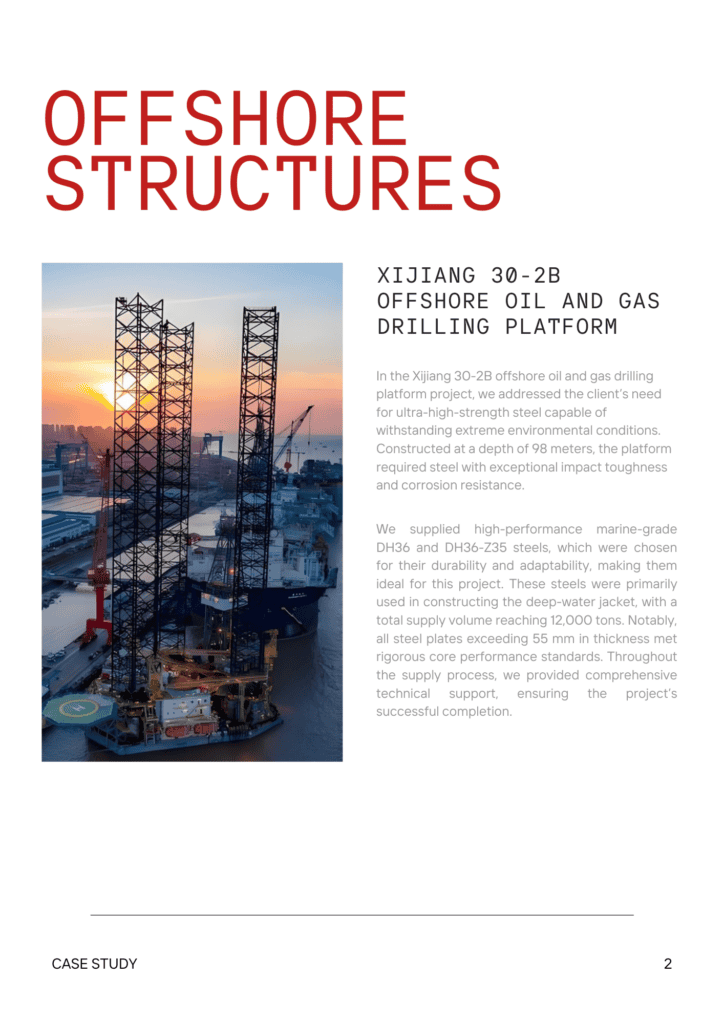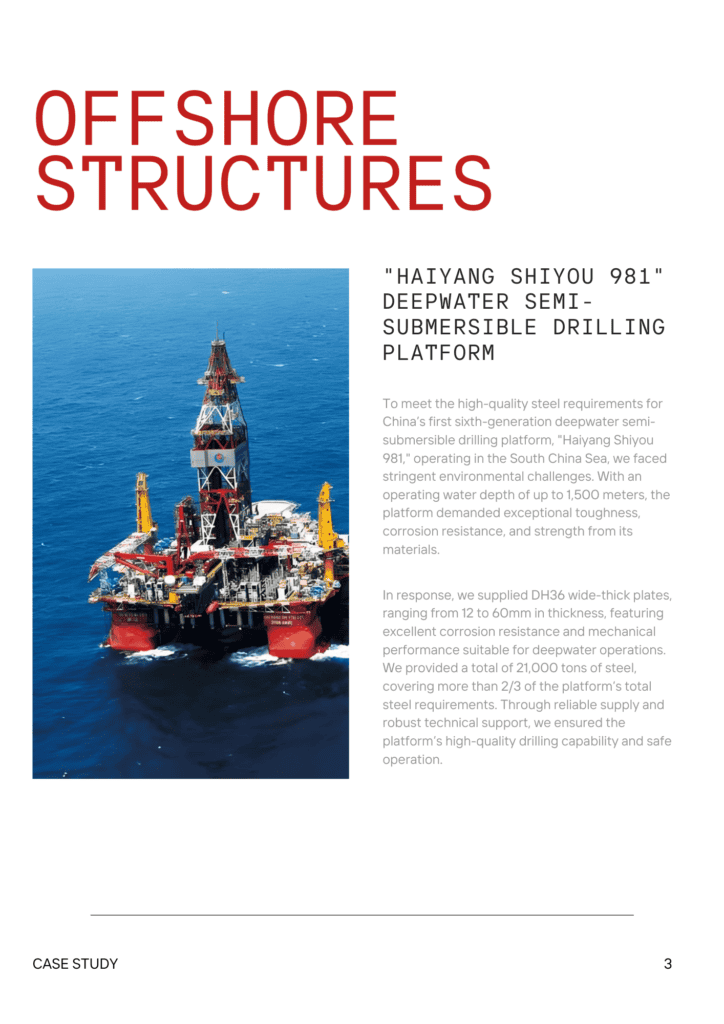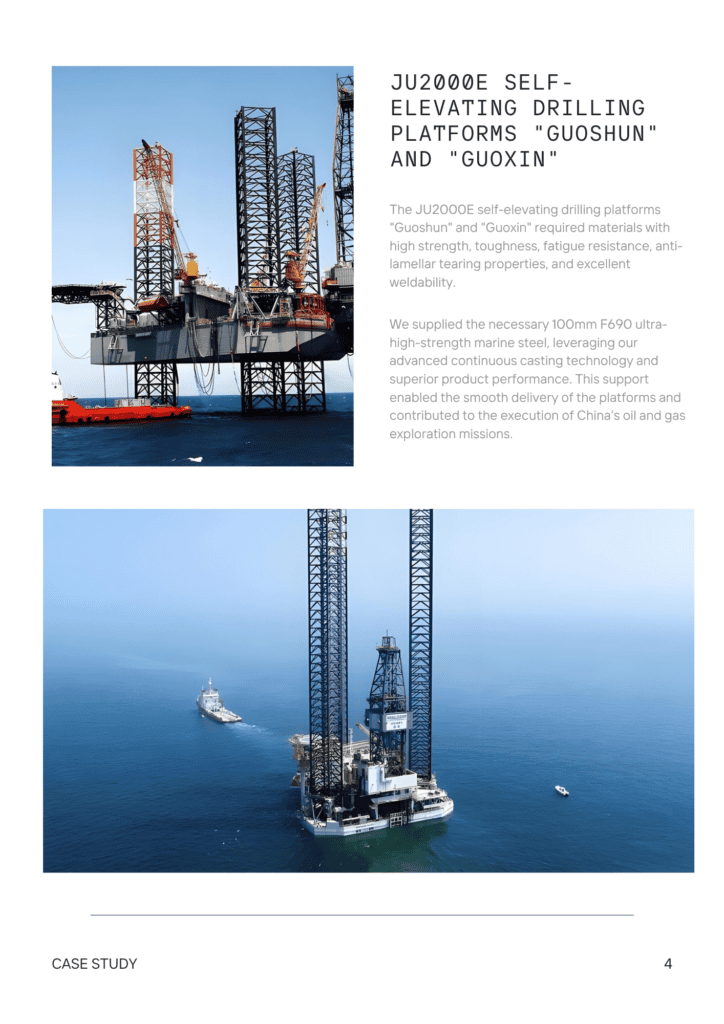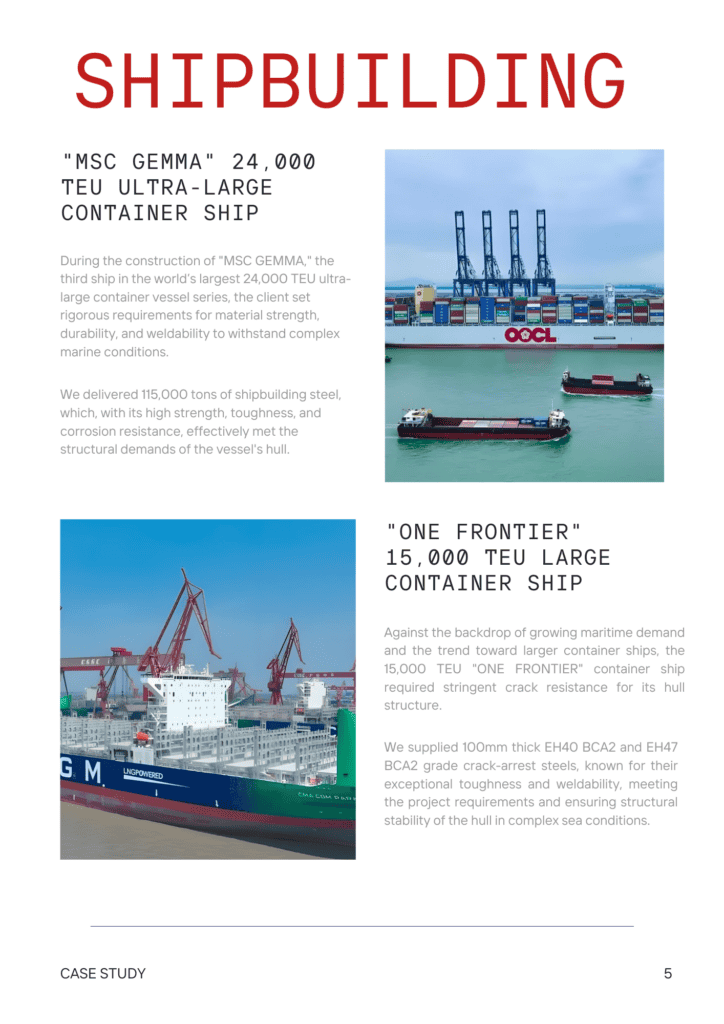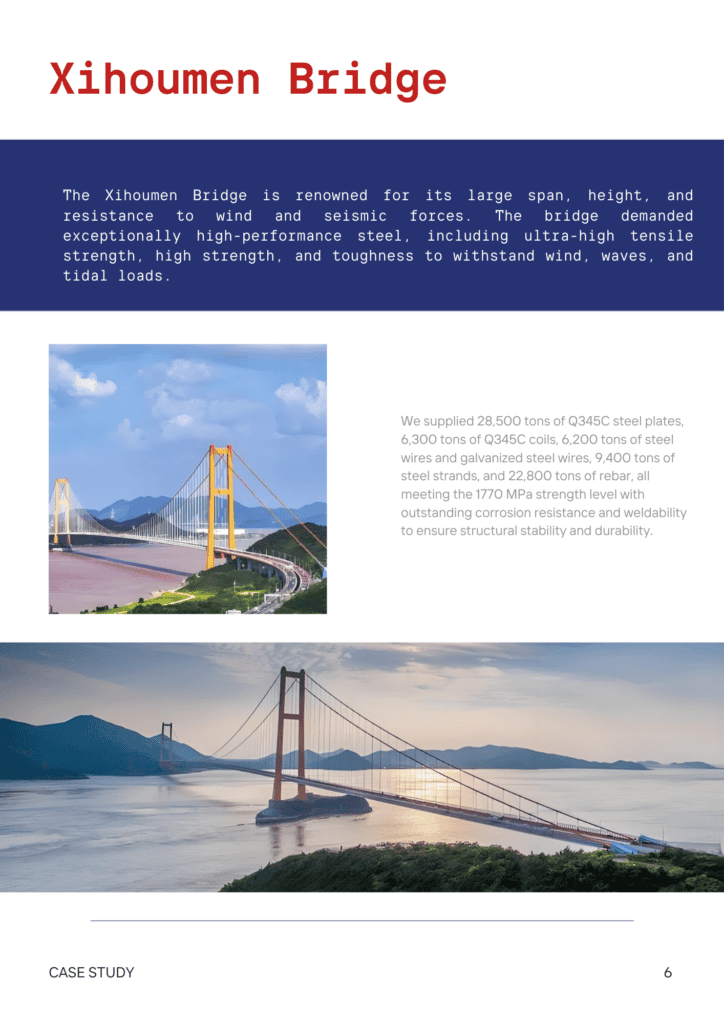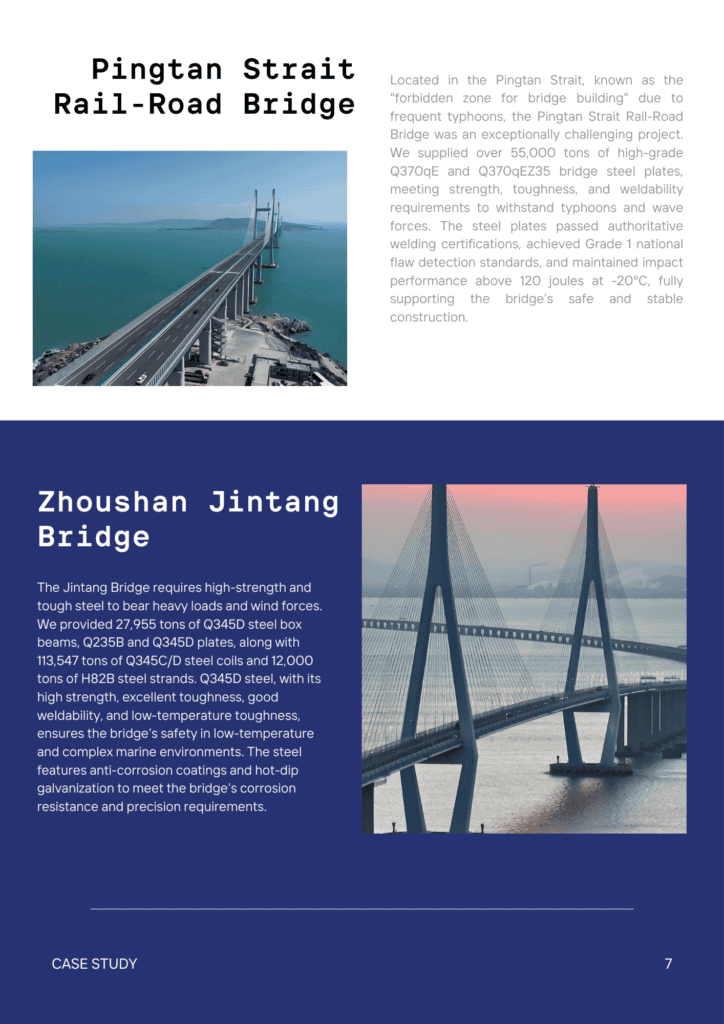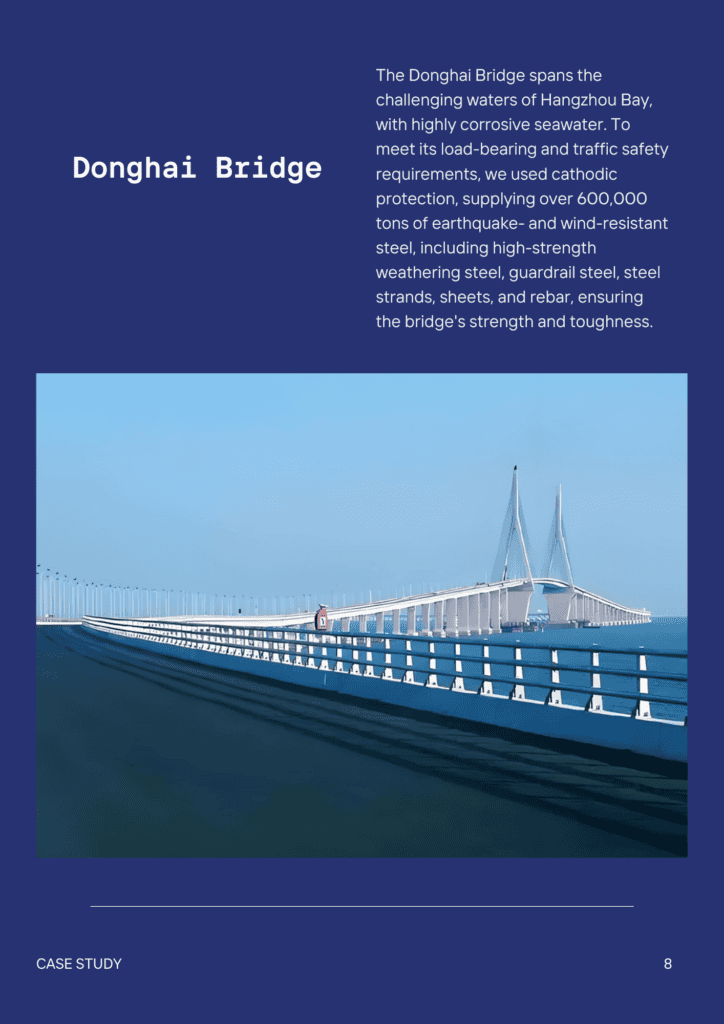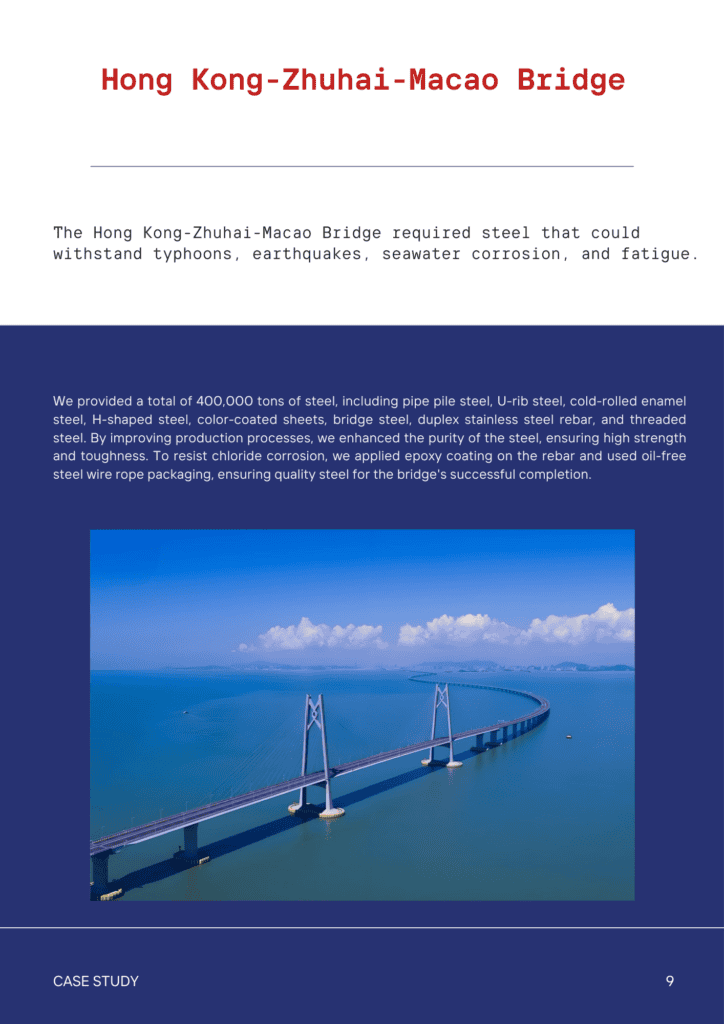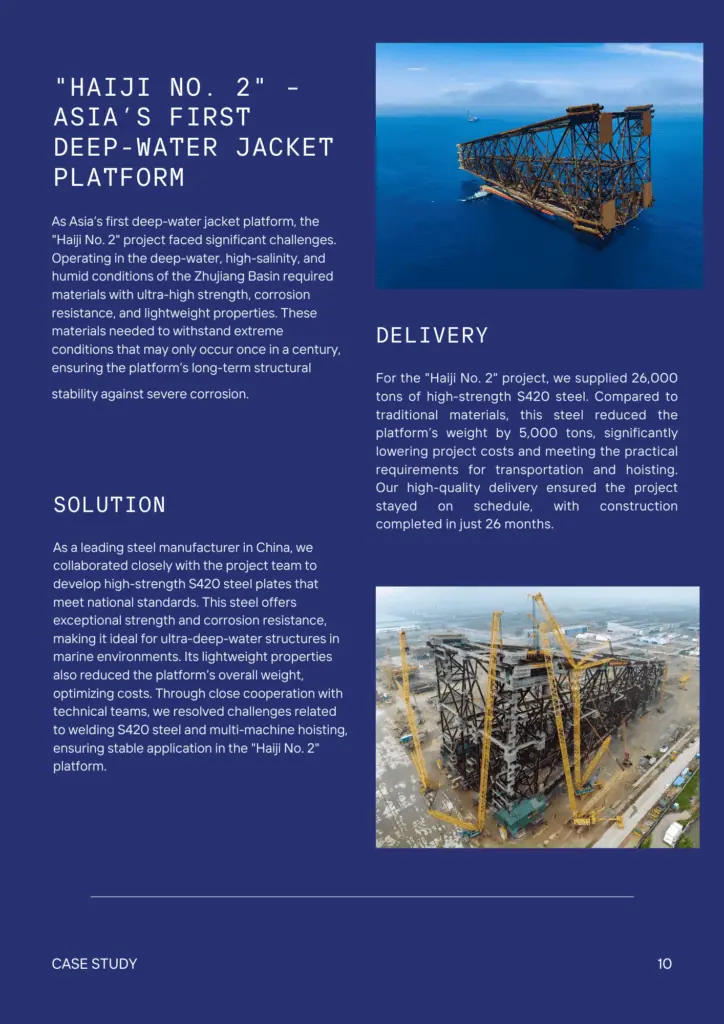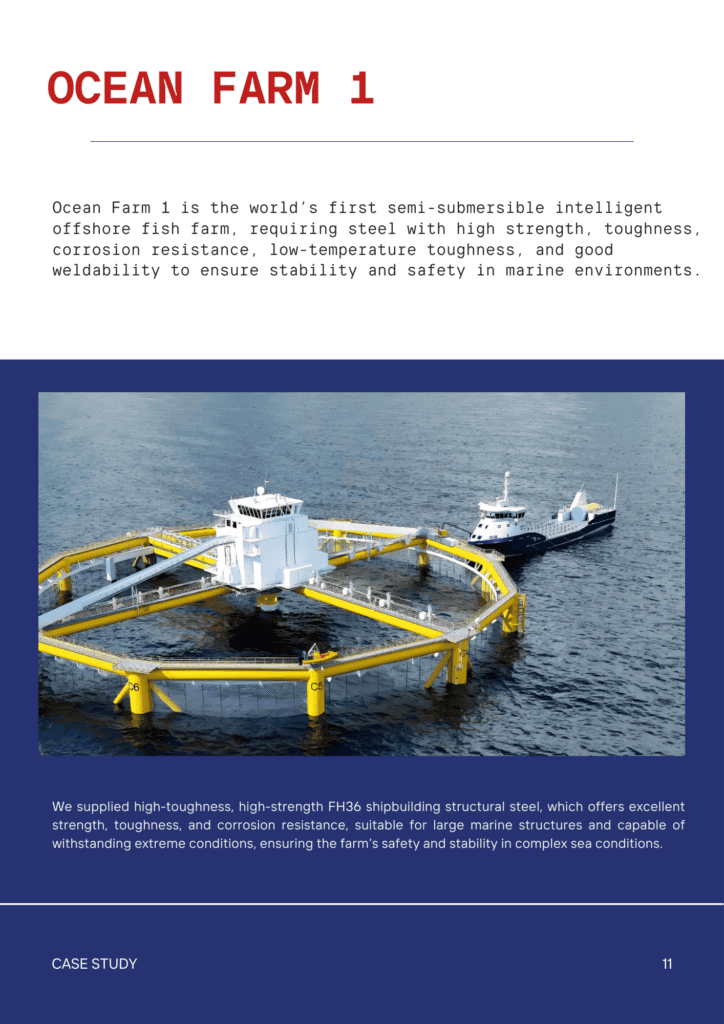内容
亜鉛メッキ鋼は磁性がありますか?
- ジョン
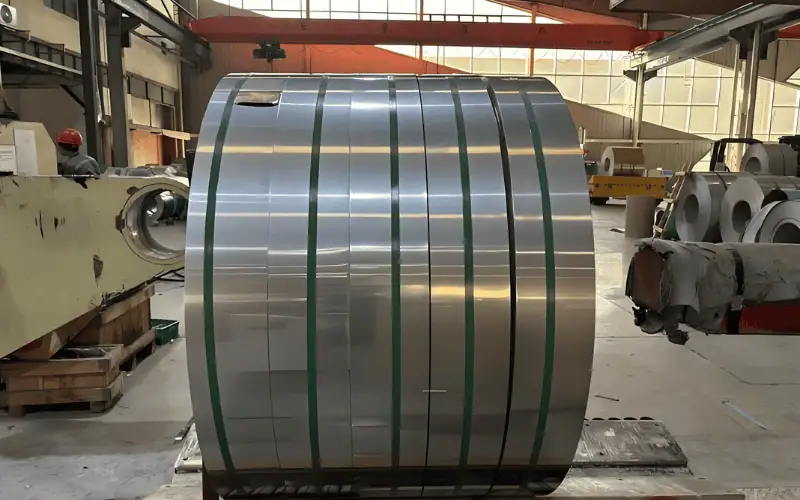
はい、亜鉛メッキ鋼は磁性があります。その磁性はベースとなる鋼材に依存します。低炭素鋼や高張力鋼などは鉄分を多く含むため磁性があります。亜鉛自体は磁性を持たず、亜鉛メッキは鋼材の磁性に影響を与えることはありません。単に保護層を追加するだけです。
この記事では、亜鉛メッキ鋼が磁性を持つ理由、他の金属との比較、そしてその性能に影響を与える要因についても詳しく説明します。専門家の方でも、ただ興味がある方でも、一緒に亜鉛メッキ鋼の謎を解き明かしましょう!
亜鉛メッキ鋼とは何ですか?
亜鉛めっき鋼板は、耐食性を高めるために亜鉛でコーティングされた鋼板で、一般的には98-99%鋼板と1-2%亜鉛板が用いられます。鋼板は鉄分を多く含むため磁性を持ちますが、亜鉛めっきは非磁性です。建設業界や自動車業界で使用され、溶融亜鉛めっきまたは電気亜鉛めっき法でコーティングされます。
磁性を持たない鋼は何ですか?
ステンレス鋼、特に304や316などのオーステナイト系ステンレス鋼や高マンガン鋼は、非磁性である傾向があります。オーステナイト系ステンレス鋼に含まれる高濃度のクロムとニッケルは結晶構造を変化させ、磁性を阻害します。
同様に、高マンガン鋼は面心立方(FCC)構造を有し、磁気的に整列しません。これらの特性のため、これらの鋼は亜鉛メッキ鋼のベースとしてほとんど使用されません。
磁石は亜鉛メッキ鋼にくっつきますか?
はい、磁石は亜鉛メッキ鋼板に付着します。亜鉛メッキは鋼板本来の磁性に影響を与えないため、亜鉛メッキを施しても鋼板のベースは磁性を保ちます。
亜鉛メッキ鋼の磁性に影響を与える要因は何ですか?
ベース材質以外にも、他の要因も亜鉛メッキ鋼の磁性に影響を与えます。
亜鉛メッキ方法: 溶融亜鉛めっきや電気亜鉛めっきなどのさまざまな方法により、表面の質感やコーティングの厚さが影響を受け、磁気応答にわずかに影響を及ぼす可能性があります。
冷間加工と熱処理: 曲げ、伸張、加熱などの処理により鋼鉄の内部構造が変化し、磁気特性が弱まったり強まったりすることがあります。
表面汚染: 表面の汚れ、油、錆などの不純物は磁場に干渉し、磁力の強さをわずかに低下させる可能性があります。
温度だ: 鋼鉄はキュリー点(通常 770°C (1418°F) 程度)を超えると磁性を失うため、高温により一時的に磁性が低下することがあります。
合金元素: クロムやマンガンなどの元素が多量に存在すると、鋼の結晶構造が変化して磁力が低下する可能性があります。 スチールプログループ 特定の用途向けに強力な磁気特性を提供するようにカスタマイズされた低合金亜鉛メッキ鋼製品を提供しています。
応力と変形: 機械的なストレスや変形により、磁気の配列が変化した領域が生じ、全体的な磁気の挙動に影響を及ぼす可能性があります。
粒度: 微粒子構造は磁場に対して異なる反応を示す可能性があり、磁気効果が弱まる可能性があります。
コーティングの厚さ: 50 ミクロンを超える厚さの亜鉛コーティングでは、鋼と外部磁場の間に層が追加されるため、磁気の強度がわずかに低下する可能性があります。
外部磁場: 強力な外部磁場は鋼鉄の磁気配列に影響を与え、磁気応答を一時的に変化させる可能性があります。
磁性亜鉛メッキ鋼と亜鉛メッキステンレス鋼の違いは何ですか?
磁性亜鉛めっき鋼と亜鉛めっきステンレス鋼は似たような用途に使用されますが、磁性、耐食性、コストの違いにより混乱が生じることがあります。例えば、磁性特性が必要な場合には亜鉛めっきステンレス鋼がよく使用されますが、磁性亜鉛めっき鋼の方がより適切な選択肢となります。
磁気特性低炭素鋼または合金鋼から製造される亜鉛メッキ鋼は、その鉄組成のため磁性を帯びます。一方、亜鉛メッキステンレス鋼、特にオーステナイト系ステンレス鋼は、通常、コーティング後も非磁性、または弱磁性を示します。
耐食性亜鉛メッキステンレス鋼は、ステンレス鋼本来の耐食性と亜鉛層による二重の耐食性を備えています。磁性亜鉛メッキ鋼は、耐食性を亜鉛コーティングのみに依存しています。
コスト低炭素鋼や合金鋼はステンレス鋼よりも安価であるため、磁性亜鉛メッキ鋼は一般に亜鉛メッキステンレス鋼よりも安価です。
過酷な環境における耐久性亜鉛メッキステンレス鋼は、耐食性が向上しているため、腐食性の高い環境でも優れた耐久性を発揮します。磁性亜鉛メッキ鋼も優れた性能を発揮しますが、中程度の腐食環境に適しています。
アプリケーション磁性亜鉛めっき鋼は、強度と中程度の耐食性が求められる建設、自動車部品、インフラ整備などに広く使用されています。一方、亜鉛めっきステンレス鋼は、より高い耐食性が求められる海洋、化学、医療用途に適しています。
メンテナンスの必要性磁性亜鉛メッキ鋼は、腐食性の高い環境では定期的なメンテナンスや再メッキが必要になる場合があります。一方、亜鉛メッキステンレス鋼は、天然の層状保護膜により、一般的にメンテナンスの必要性が低くなります。
磁性亜鉛めっき鋼板の実用化における役割
- 建設: 亜鉛メッキ鋼の磁性により、磁気ツールを使用して部品の位置合わせや一時的な固定が可能になり、取り扱いや組み立てが容易になり、効率が向上します。
- 自動車産業: 磁性亜鉛メッキ鋼は、車両内のセンサーや磁場との確実な固定や相互作用が必要な部品に使用されます。
- エレクトロニクス: 亜鉛メッキ鋼の磁性は電磁シールドに役立ち、敏感な電子部品を干渉から保護します。
- 製造の柔軟性: 磁性亜鉛メッキ鋼は自動化を支援し、特に生産ラインにおいて、磁性クランプと固定具を使用した組み立てを効率化します。
- リサイクルと廃棄物管理: 亜鉛メッキ鋼の磁性により、磁気分離機を使用した分別とリサイクルが容易になります。
金属が亜鉛メッキ鋼であるかどうかはどうすればわかりますか?
亜鉛メッキ鋼は、亜鉛コーティングにより、独特の、ややざらざらとした銀灰色の仕上がりになっています。また、表面に小さな水晶のような模様が現れるスパングル模様でも見分けることができます。
関連読書
鋼鉄が亜鉛メッキされているかどうかを見分けるにはどうすればいいですか?
最も安価な磁性金属は何ですか?
最も安価な磁性金属は、一般的に低炭素鋼です。手頃な価格で広く入手可能であり、強力な磁性特性を備えているため、磁性を必要とする一般的な用途に最適です。
プロジェクトに最適な亜鉛メッキ鋼サプライヤーをお探しですか?
亜鉛メッキ鋼の磁性は、建設現場での取り扱いの改善、自動車や電子機器の部品の安全確保、製造現場の自動化の強化に重要な役割を果たします。
私たちが提供する 亜鉛メッキ鋼コイル, 亜鉛メッキ鋼板これらの磁気特性を最大限に活用し、最適なパフォーマンスを実現するカスタムソリューションを提供しています。当社の高品質鋼は、様々な用途において耐久性、耐腐食性、そして信頼性の高い機能を保証します。
さらに詳しい情報や材料のニーズについてご相談いただくには、高品質の鉄鋼ソリューションを提供する信頼できるソースである SteelPRO Group にお問い合わせください。



